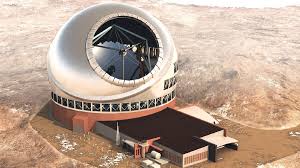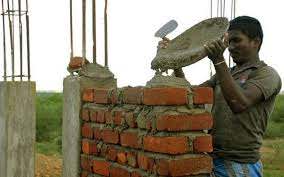
Indian astronomers had worked closely with Nobel Laureate Andrea Ghez on the design of back-end instruments and possible science prospects of the Thirty Meter Telescope (TMT) project being installed at Mauna Kea in Hawaii.
Daily Current Affairs Quiz 2020
Key-Points
TMT project is an international partnership between CalTech, Universities of California, Canada, Japan, China, and India; through the Department of Science and Technology (DST) and Department of Atomic Energy (DAE).
“Thirty Metre” refers to the 30-metre diameter of the mirror, with 492 segments of glass pieced together.
Once completed, it would be three times as wide as the world’s largest existing visible-light telescope. The larger the mirror, the more light a telescope can collect, which means, in turn, that it can “see” farther, fainter objects.
It would be more than 200 times more sensitive than current telescopes, and would be able to resolve objects 12 times better than the Hubble Space Telescope.
One of its key uses will be the study of exoplanets, many of which have been detected in the last few years, and whether their atmospheres contain water vapour or methane — the signatures of possible life.
Already the site of a number of observatories and 13 large telescopes, Mauna Kea is considered sacred by native Hawaiians who believe that such constructions defile the Mauna Kea mountain.
If the Thirty Metre Telescope cannot be built on Mauna Kea mountain in Hawaii, Spain’s Canary Islands is a backup site.





